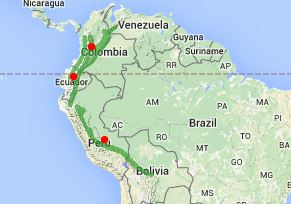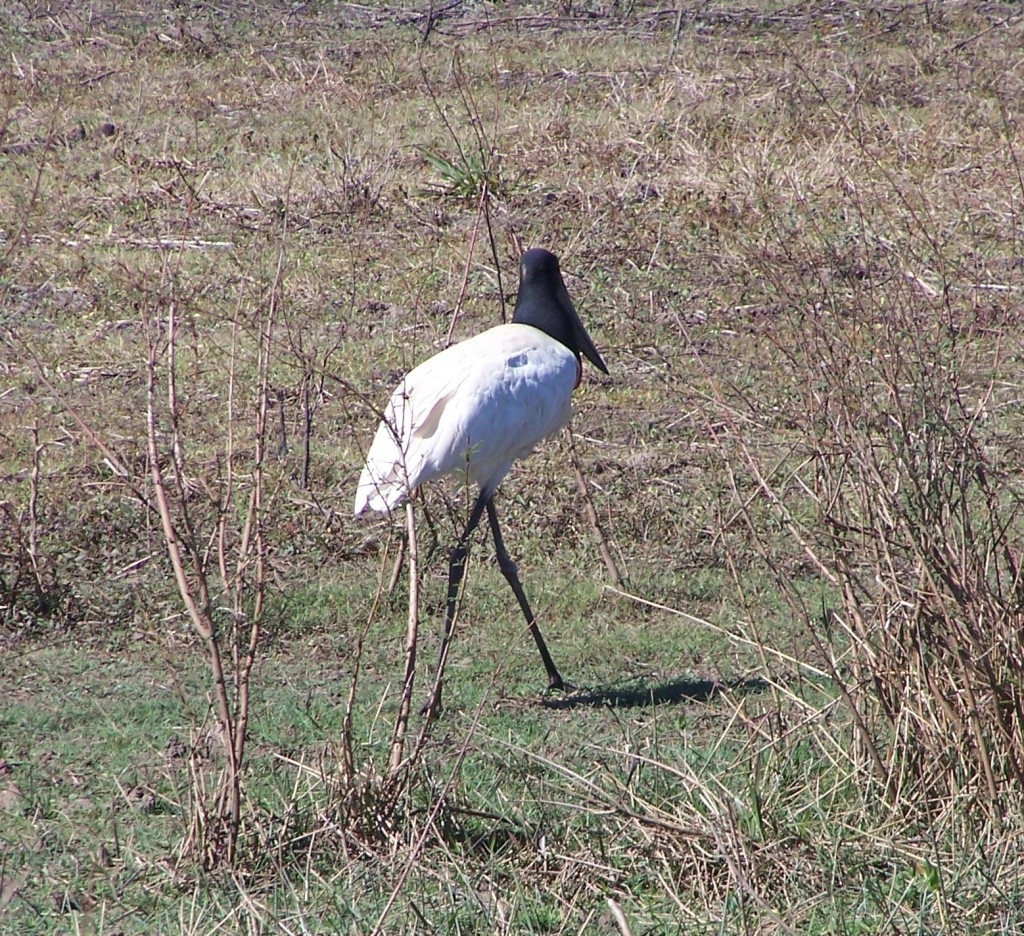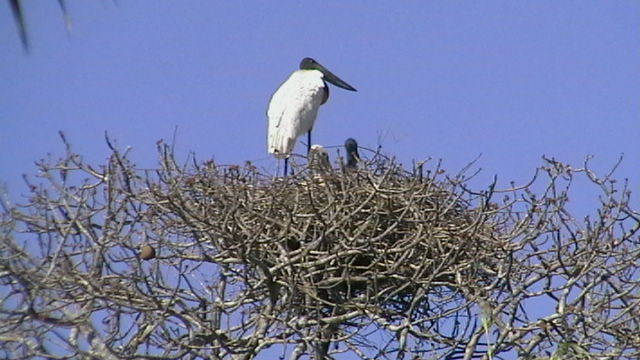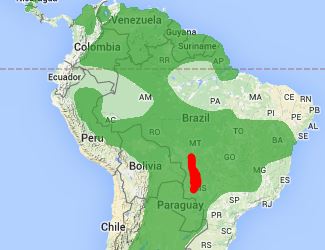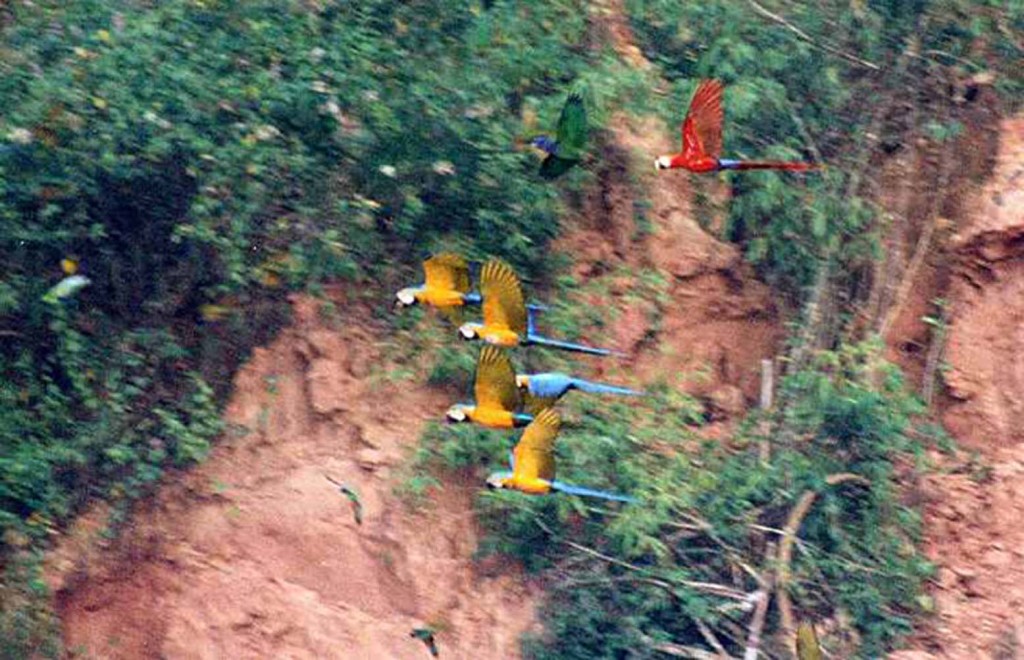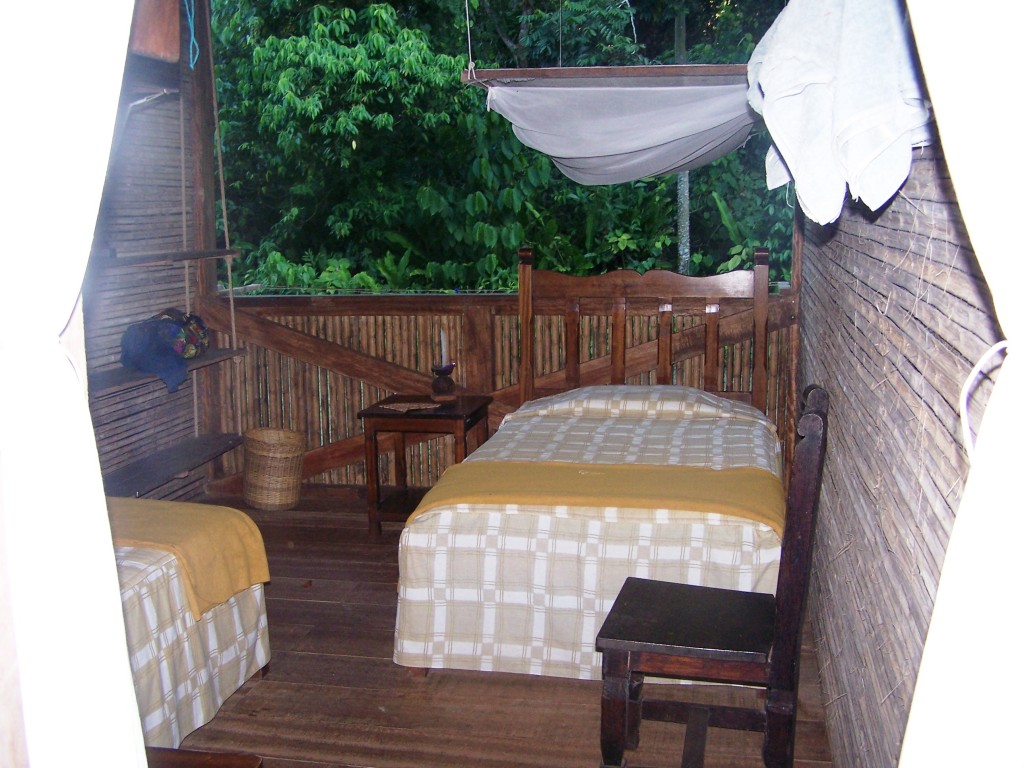Sometimes you can help conserve wild birds with just a simple Facebook “like”.
Click here.

.

.
The original page is in Spanish but Google Chrome will auto-translate it. Here is some of the text:
What is the target of the campaign Likes Responsible?
This campaign aims also to reach more people with the same vision of responsible and sustainable tourism, sponsorship 24 hectares of Amazon forest ArBio be protected by a conservation project that seeks to protect the rainforest and stop the negative impact of Inter-Oceanic Highway, ArBio read more about here .
How to achieve this?
For every 200 likes, ie 200 new followers or fans on our Facebook page, Responsible Travel Peru agree to donate the amount of money corresponding to sponsor an acre (10,000 m2) located in the concession area ArBio. As you probably know, is worth more intact forest conservation and the generation of oxygen, a reforestation area. Thanks to our community of followers or Facebook fans, this hectare may have the people, equipment and other resources to be monitored and protected from all threats, ensuring their preservation against deforestation illegal mining, ranching, agriculture and poaching.
Currently, respons is collaborating with the protection of 10 hectares, but have set the goal of caring for an additional 24 acres with the help of our supporters, and keep safe 34 hectares of Amazon forest.
How much time do we have to do?
This campaign has a start date of April 22 and only have 30 days to reach the goal set, ie only until May 22, 2014, however, we hope with your help to reach the goal before then and then continue with new RESPONSible actions.
How to know the progress of this campaign?
All developments of this campaign will be posted on Facebook and the pair create an article on this blog that constantly update with all the latest news: ha achieved, certificates attesting donating money to ArBio, pictures project and everything you need to keep you constantly updated .
How I can help protect those 24 acres of forest?
If you want to support this initiative to have a better future, the first thing to do is become a fan of our Facebook page giving to click “like”. If you already are, then help us spreading this article and all Facebook posts to people who, like you, they like RESPONSibly traveling through Peru, working with the sustainable development of communities and the protection of our natural wonders through campaigns like RESPONSible Shares.
Remember: every 200 “likes” on our Facebook page is a new hectare of Amazon forest safe.Help us keep! We and we appreciate the jungle!
Likes RESPONSible Why?
We have two main objectives. On the one hand, we want to help preserve more than 24 acres and 10 we sponsor to help slow deforestation and climate change. Furthermore, we aim to create an online community of people interested in travel involving economic, social, cultural and environmental sustainability in order to disseminate more than 70 Peruvian communities we work together for development, as we are the link between these communities and the tourism market.
If you need more information you can leave your comments or questions below.
Support us with a “like”
They are just over 1000 “likes” so that is 5 protected hectares already………………let’s keep it growing!
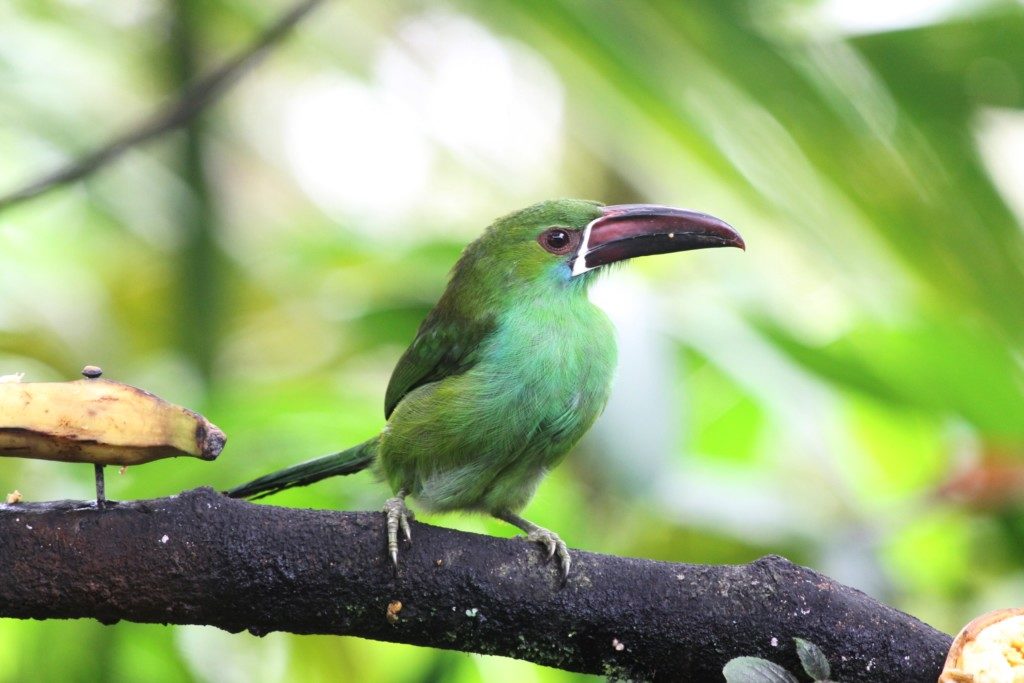
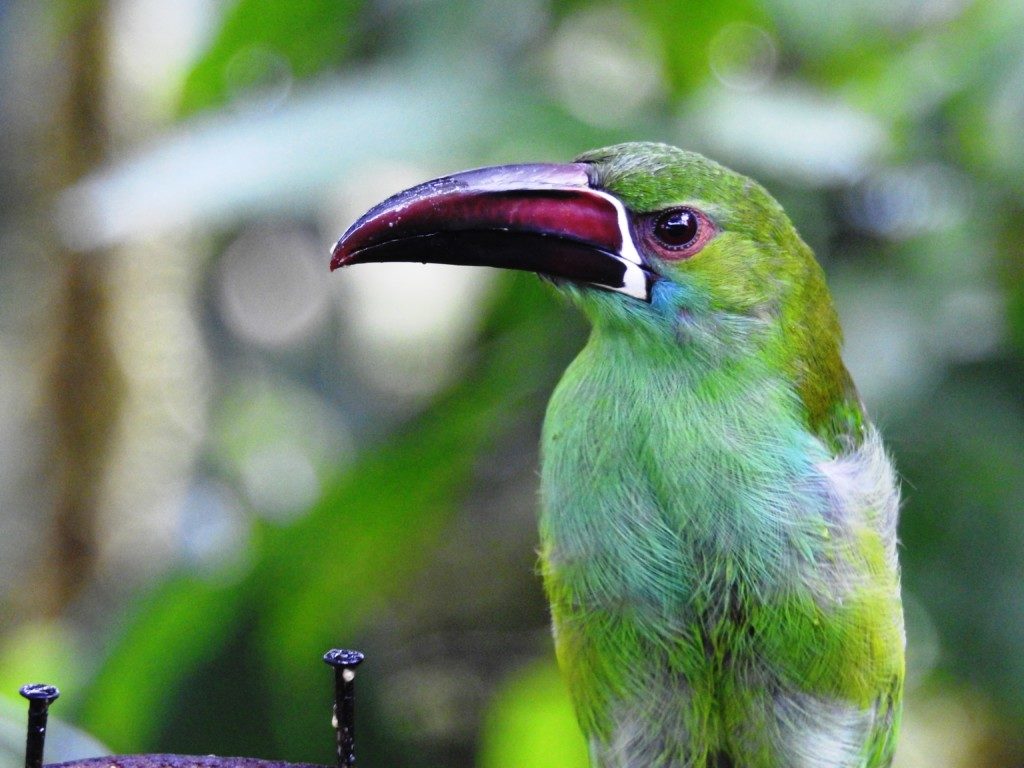
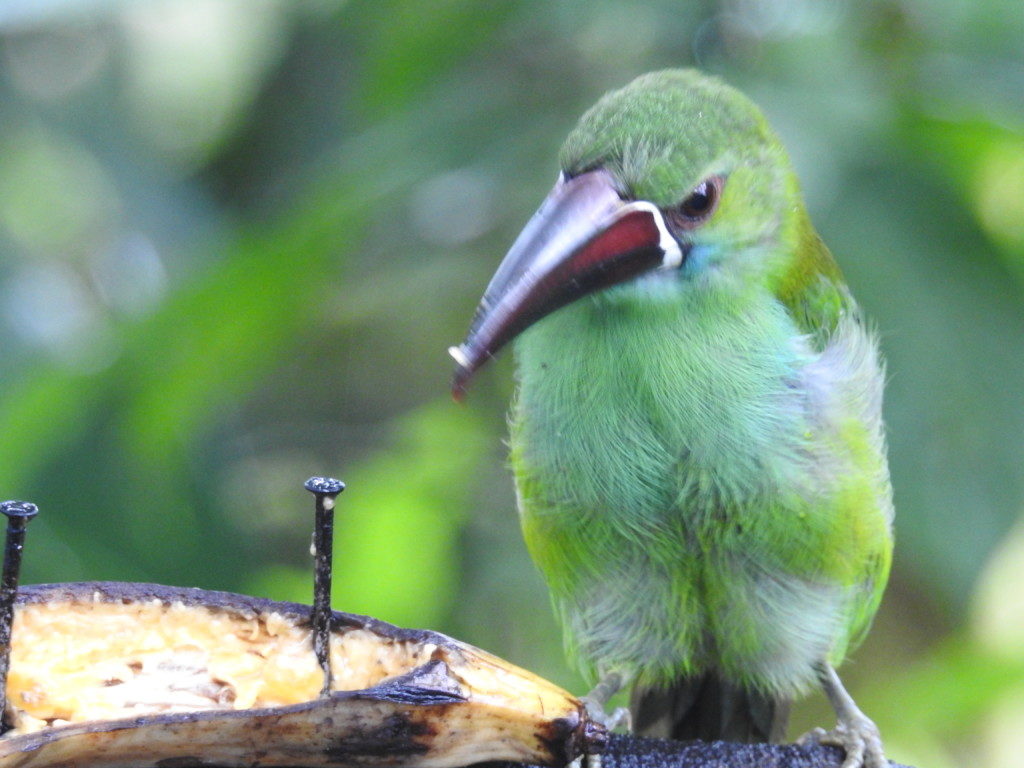
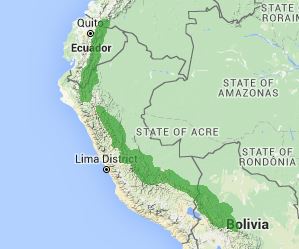

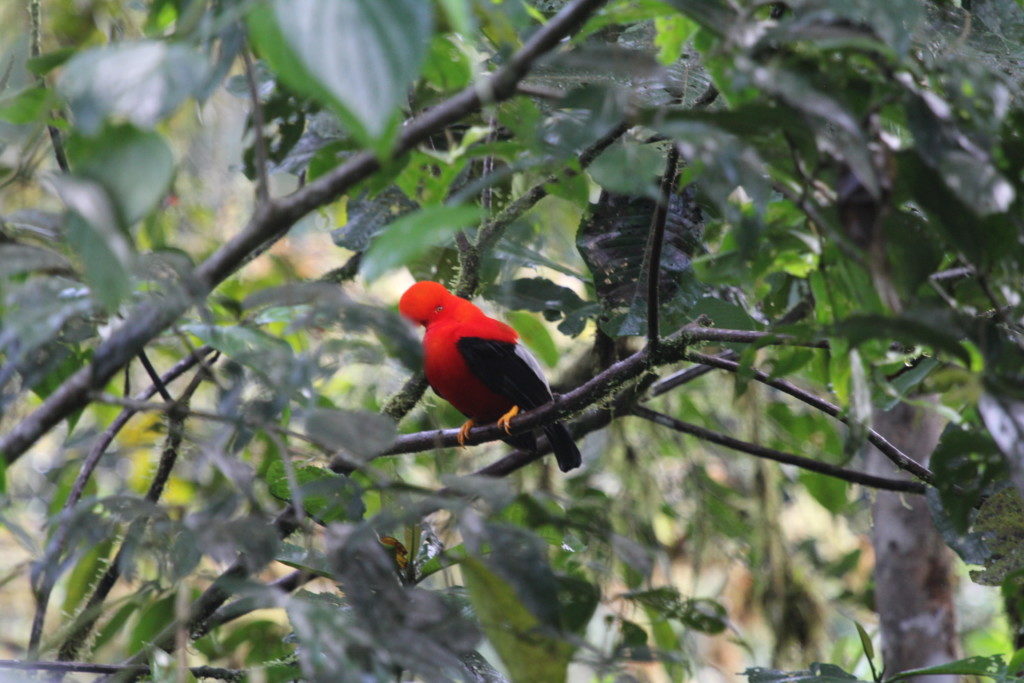
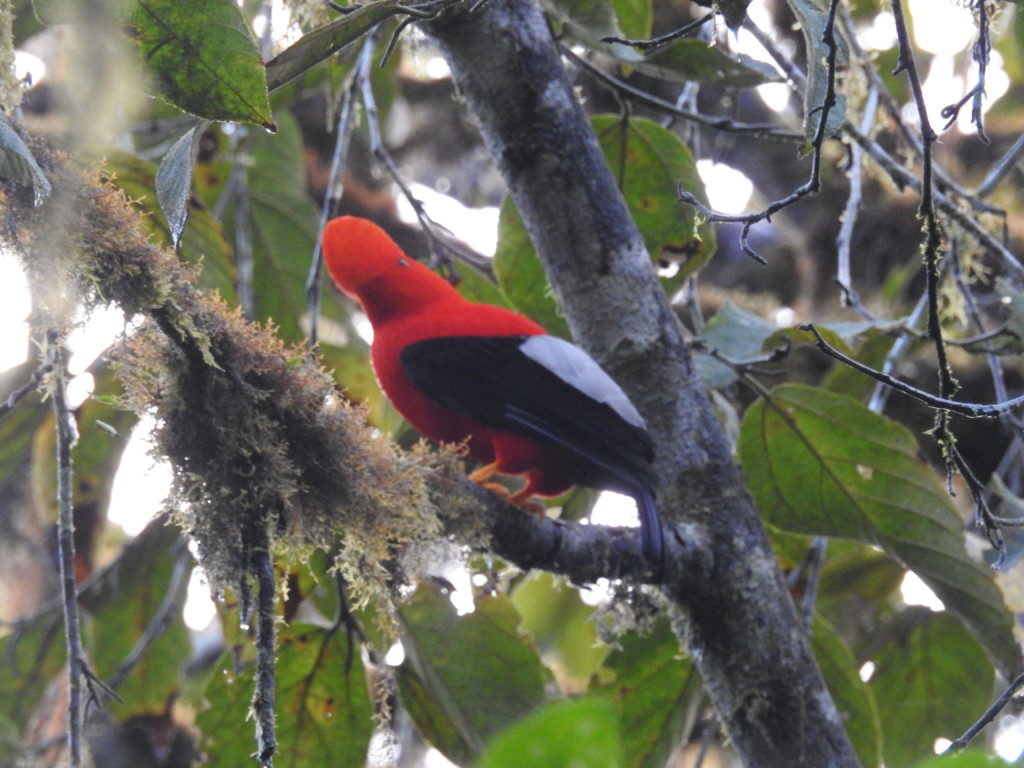
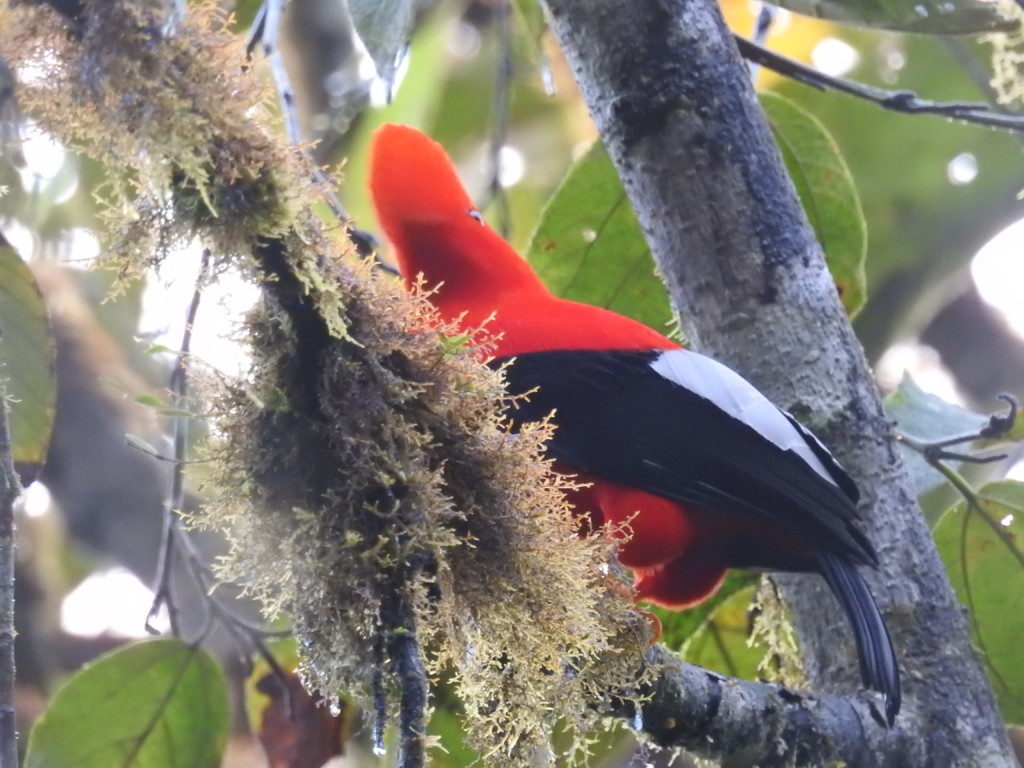
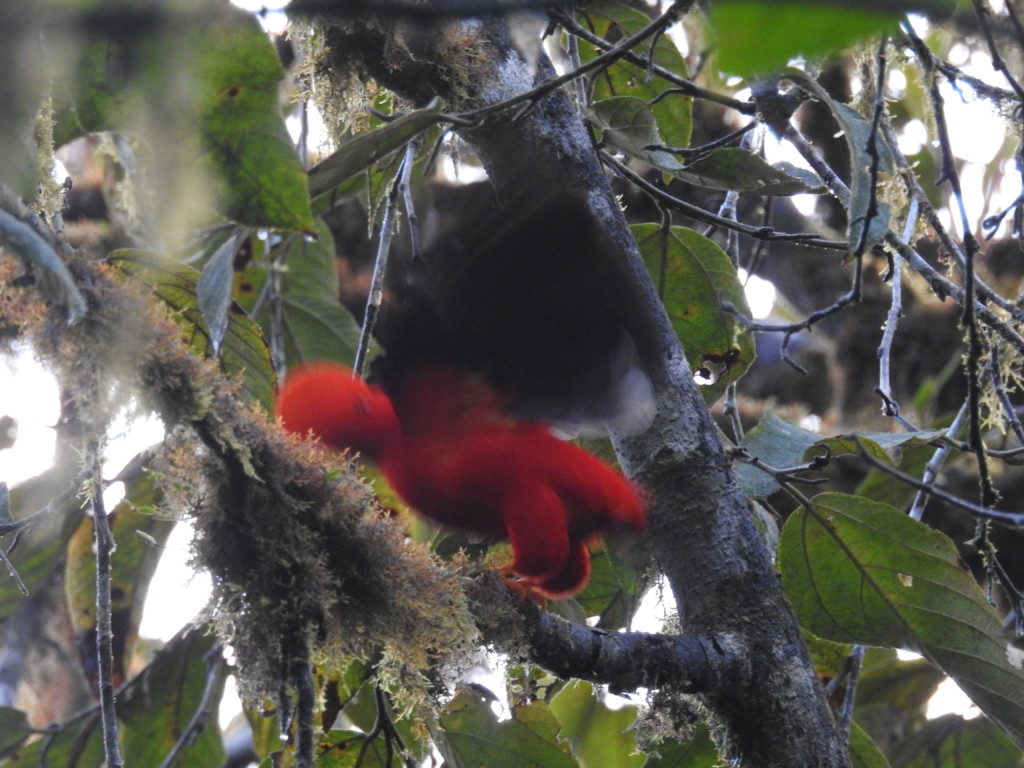
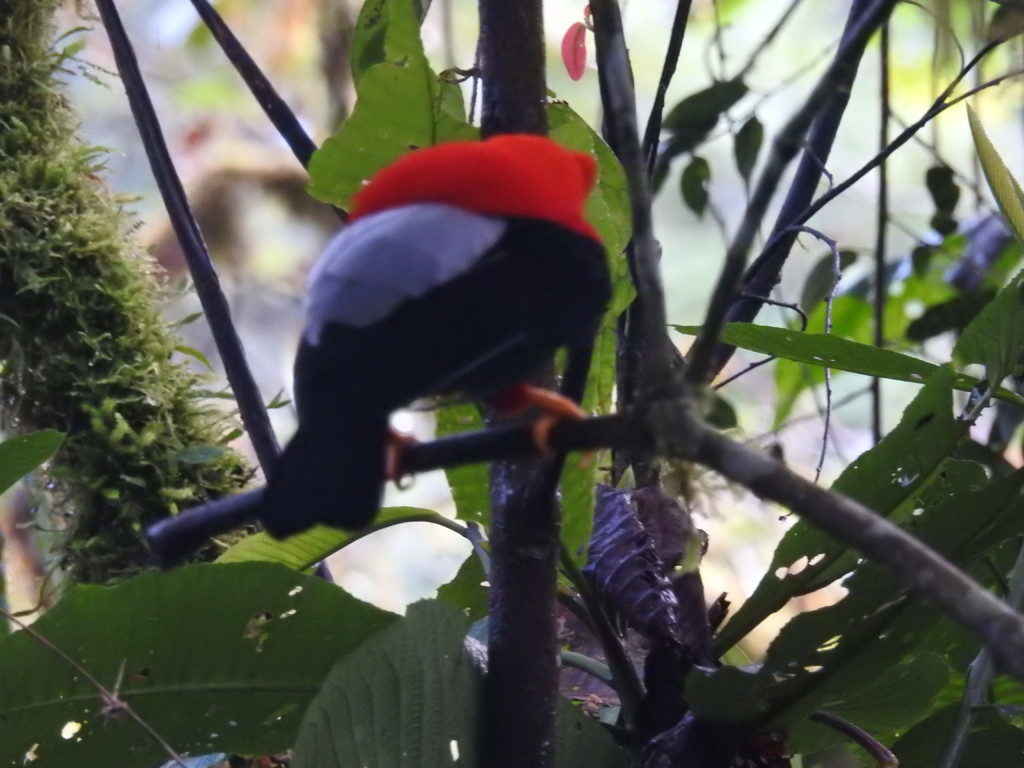 Watching their antics as they dance around hoping to attract the ladies is one of the highlights of a birding trip to South America. There are a few leks easily accessible to tourists-
Watching their antics as they dance around hoping to attract the ladies is one of the highlights of a birding trip to South America. There are a few leks easily accessible to tourists- 